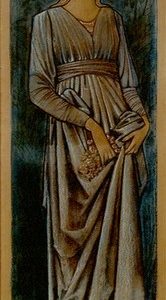
 The Interior and the Active Faith Life
The Interior and the Active Faith Life
St. Teresa (virgin and Doctor) was born in Avila, Spain, in 1515 and was raised in a warm and loving family. She was personally known for her engaging personality: She was beautiful, outgoing, enthusiastic and courageous.
At the age of twenty, though reluctant to give up family life, she entered the Carmelite convent in Avila. For a time she became seriously ill, but she persevered in her vocation and over the years she had many deep mystical experiences. Teresa was capable of very deep meditation and she did much writing on the subject, but she remained a very practical, down-to-earth person.
The Carmelite Order had originally followed a very strict rule, but it had gradually fallen away from this. Teresa, encouraged by St. Peter Alcantara and others, resolved to establish a new branch of the order and to observe the original rule. After many difficulties, a convent was opened in Avila in 1562.
Teresa and her followers became known as “Discalced” (barefooted) Carmelites, as they observed the rule’s original prohibition against shoes. Teresa established other convents and promoted religious reform. She managed to unite a life of deep spirituality and prayer with constant activity and writings.
The best known of St. Teresa’s writings is The Interior Castle, in which she describes different stages of spiritual growth. Teresa was canonized forty years after her death in 1582. In 1970, along with St. Catherine of Siena, she became one of the first two women to be declared a Doctor (an eminent and reliable teacher) of the Church.










